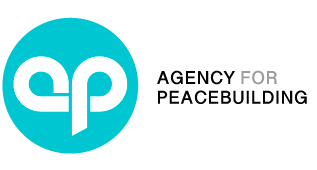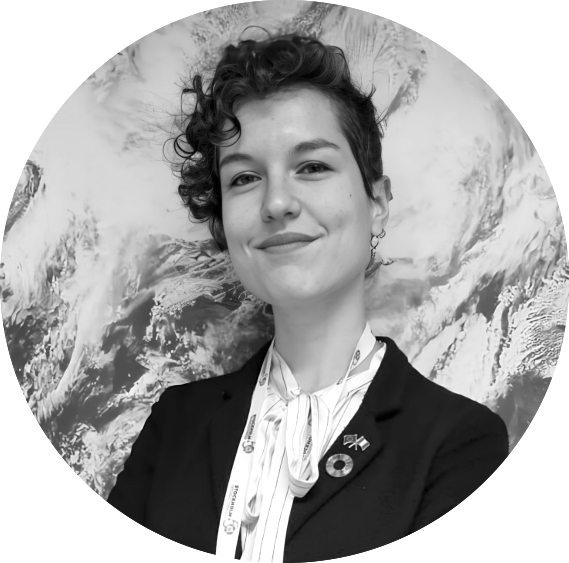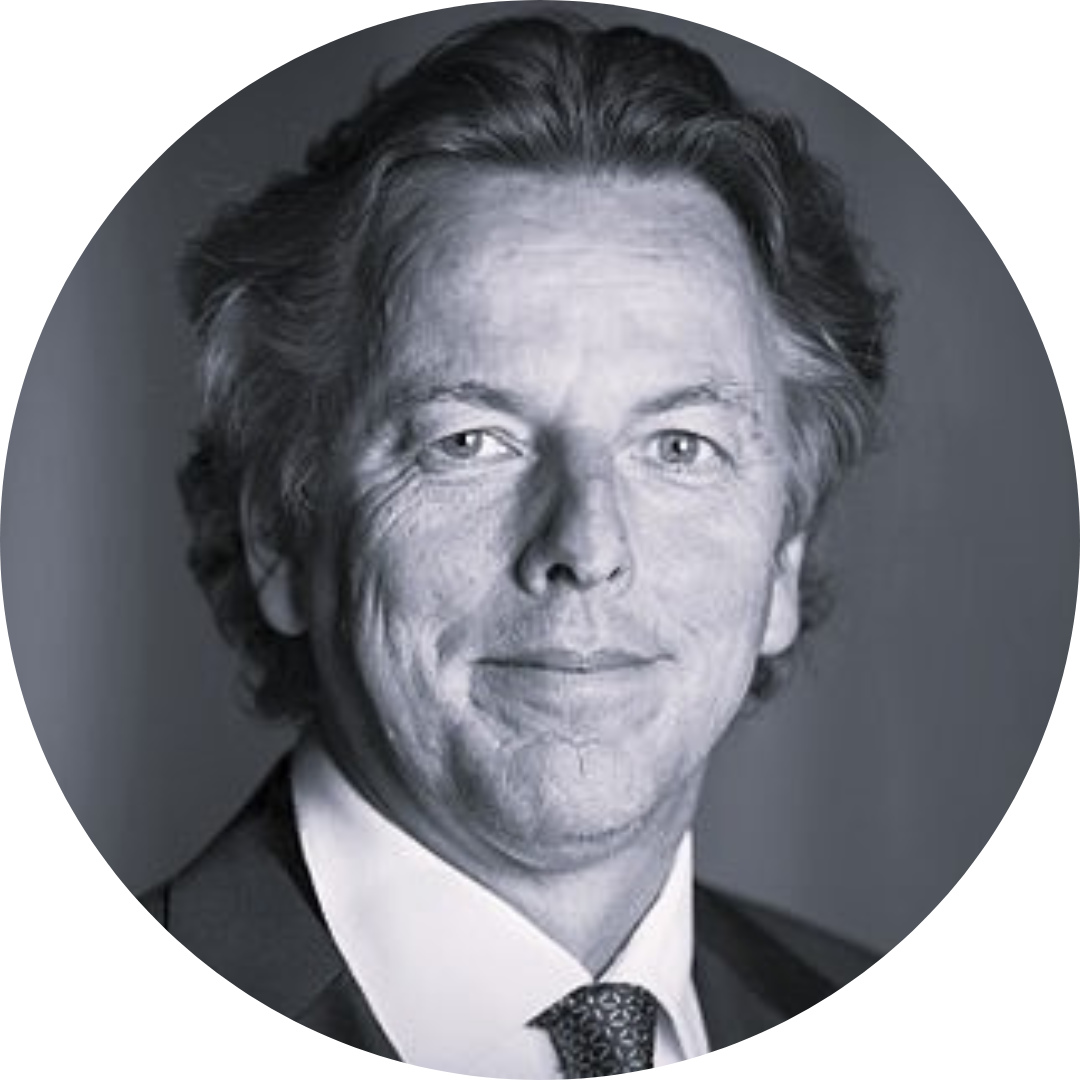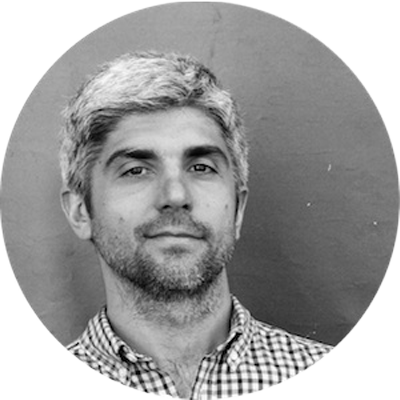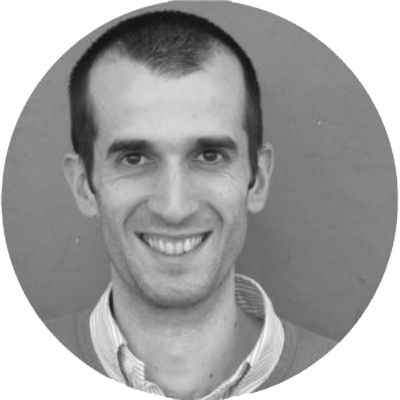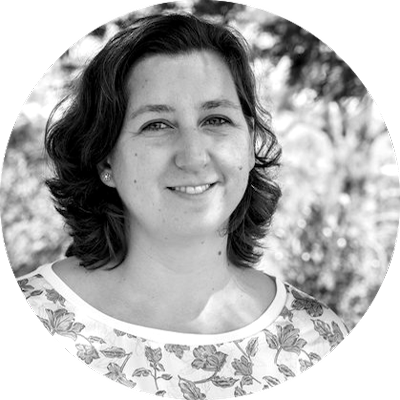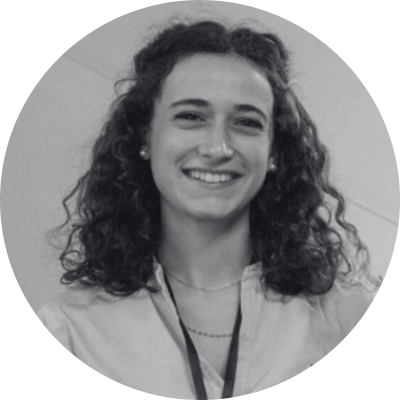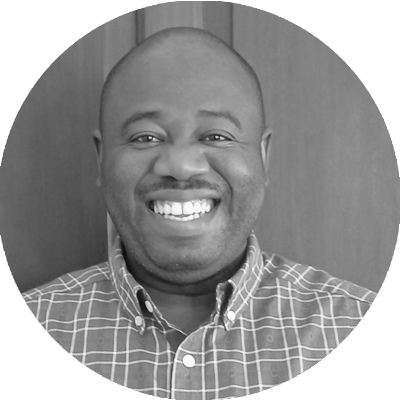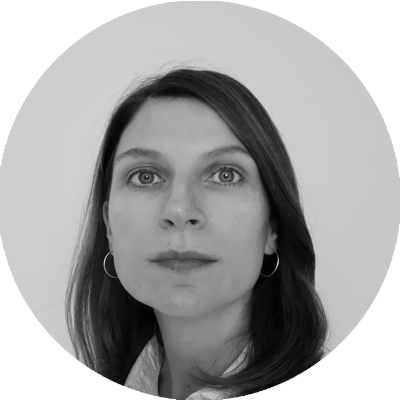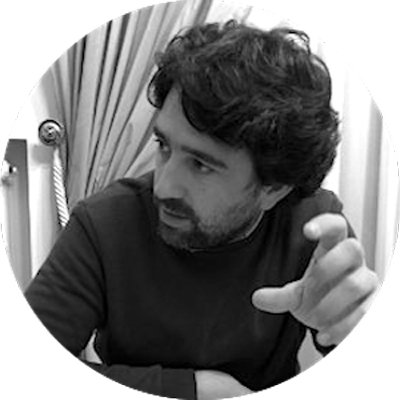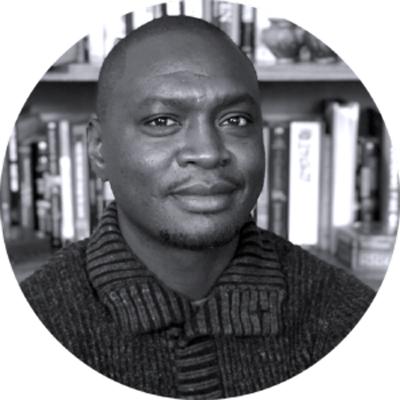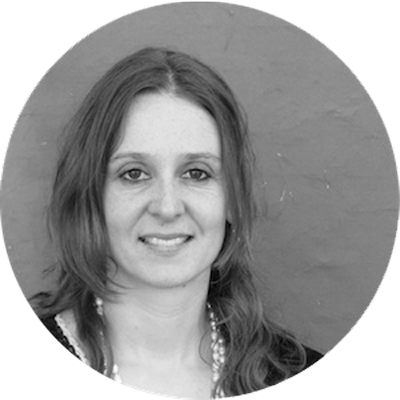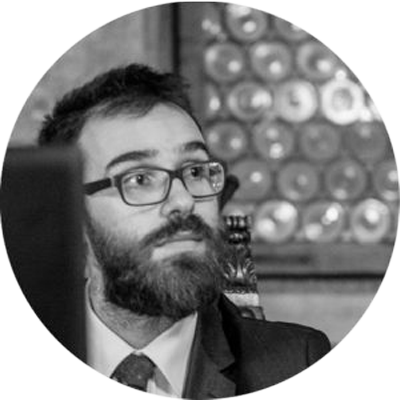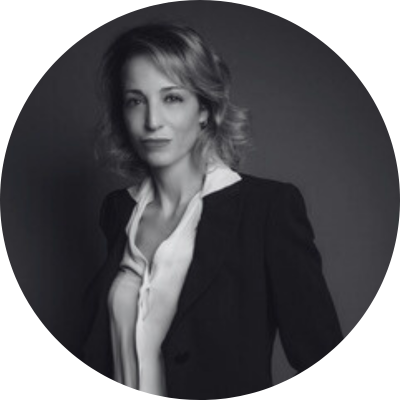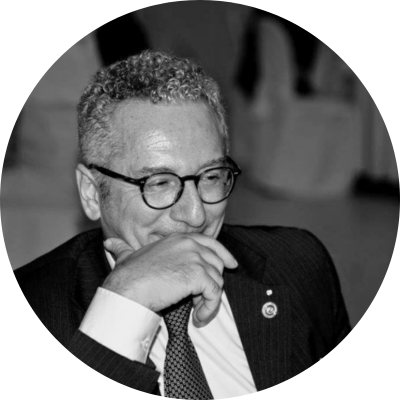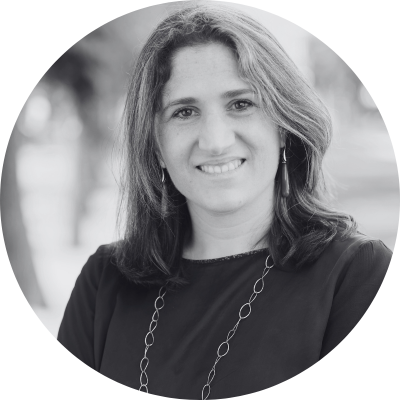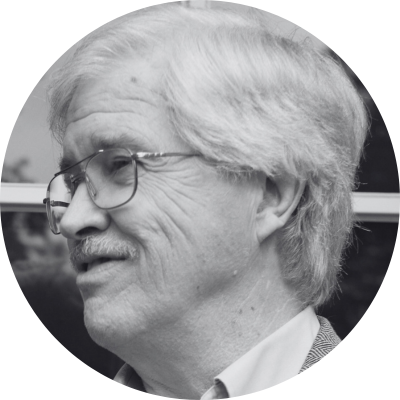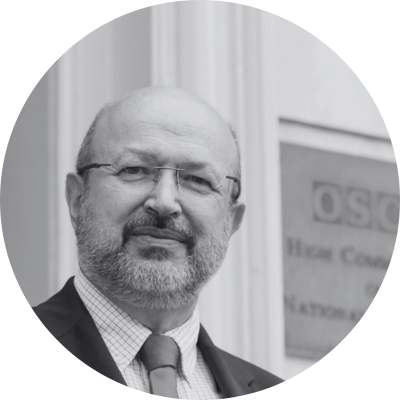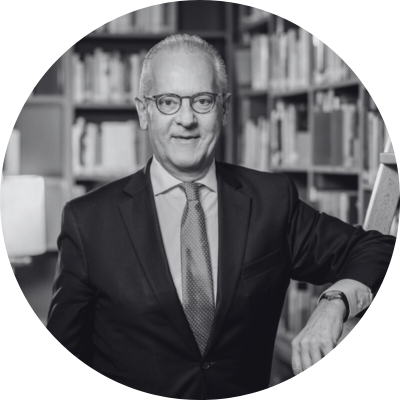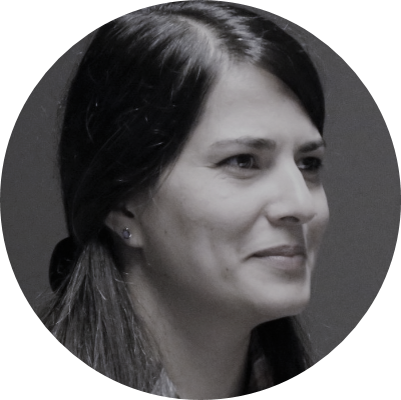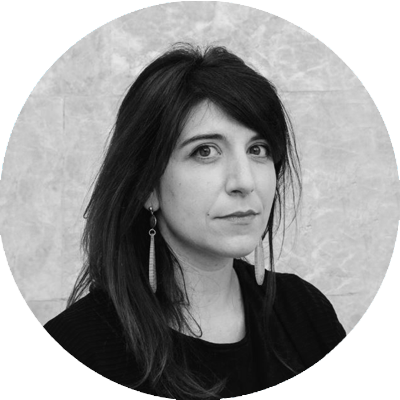Somalia’s media landscape is undergoing epochal changes and today the country can boast a vibrant, even if fragmented, media culture. This said, the sector’s development remains affected by insecurity and heavily influenced by the unstable political environment and the complex history of the country.
During Siad Barre’s regime, from 1969 to 1991, all media was state controlled and it was only after his fall that privately owned outlets started to emerge. During this time, new media stations (mainly radio) were created as business ventures, and some as channels for political propaganda. Several outlets were set up also by the Somali diaspora, which has in general been a crucial force for promoting a more independent and professional media sector. In more recent years, there have also been small and incremental efforts to regulate the sector. Nevertheless, to this day reliable information about Somalia’s media sector, including its reach, remains difficult to gather.
As AP’s research has shown, the media sector has grown and improved significantly. The media landscape, today, holds diverse mediums. In particular:
- Radio still plays a dominant role;
- Television is a largely urban phenomenon;
- Print media are fading in most areas;
- Internet use is growing exponentially, driven by the importance of mobile phones. This has also meant a boom in the use of social media, in particular among young people, although access to the Internet remains very limited.
It is important to highlight that the relative importance of media outlets changes depending on location. Across the Federal Member States (FGM) in Southern and Central Somalia, radio stations and television channels have a consolidated presence. All media organisations are private and state regulation is largely absent. Here, Islamist militias have as much influence on the media as formal legislation. In Puntland State, radio is the dominant media, but there are also various television channels. In Somaliland newspapers remain popular, alongside radio, and authorities there exercise stronger control on broadcasts.
The evolution of the media sector is affected by important challenges. To being with, Somali journalists continue to face many dangers, ranging from intimidation and harassment, to arrest, to sexual assault against female reporters and also murder. Financial resources in the sector are scant, forcing many journalists to abandon the profession. Lastly, media professionals have very limited professional capacities because of a lack of training and capacity building opportunities available to them. In the face of this, journalists have organised and formed several professional associations, which are very active, but whose work is also hindered by the above-mentioned challenges.
All of this translates into very limited contributions to peacebuilding. Somali media allow very little to no space for voices focused on peace, dialogue or reconciliation. As such, the overall narrative framework, in relation to Somalia’s transition, remains focused on violence and insecurity. And the media space in Somalia remains a contested space, where media professionals and outlets themselves can all too often be the ones marginalising other groups.
This is certainly the case of Somali women, whose participation and representativeness are largely determined by customary and social norms. Indeed, the great majority of Somali women do not have regular access to newspapers, radio or television. Women journalists are significantly underrepresented in Somali media houses and also in journalists’ associations and unions. They are also more likely to be victims of harassment. Opportunities for young people fare slightly better,, as they are generally seen to be well represented in the media sector. They also tend to be the ones benefiting the most from the boom in Internet use.
Finally, there have been improvements in recent years, mostly on account of a recent increase in formal support for media development. Thanks to donor support, for example, outlets have emerged, which are all-women or women-led. This might be an indicator of more support to come, but it remains, so far, limited in scope and duration, often uncoordinated and ad hoc.
If you are interested in additional resources to better understand the Somali media landscape, please see the Resources section at the end of the page.



